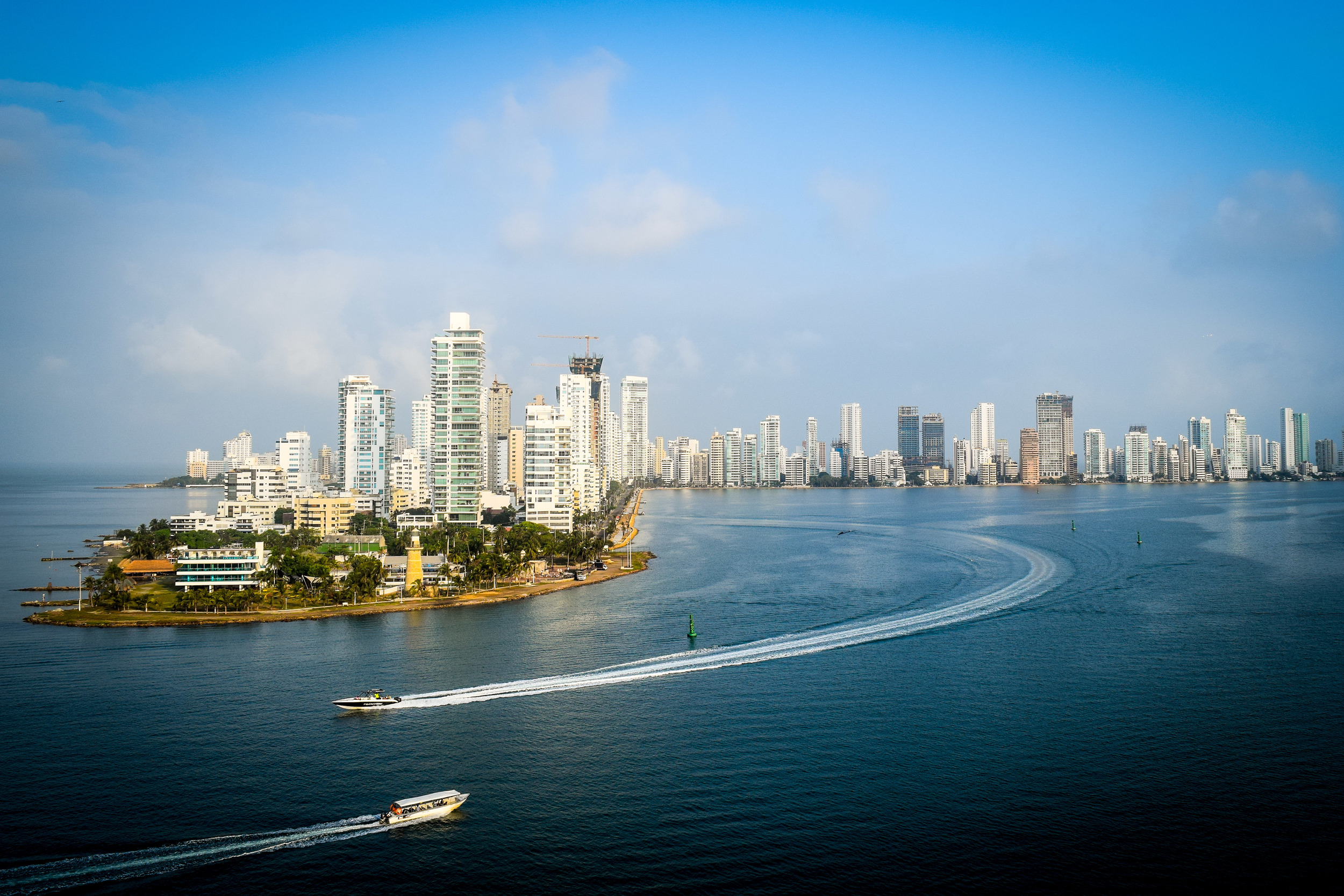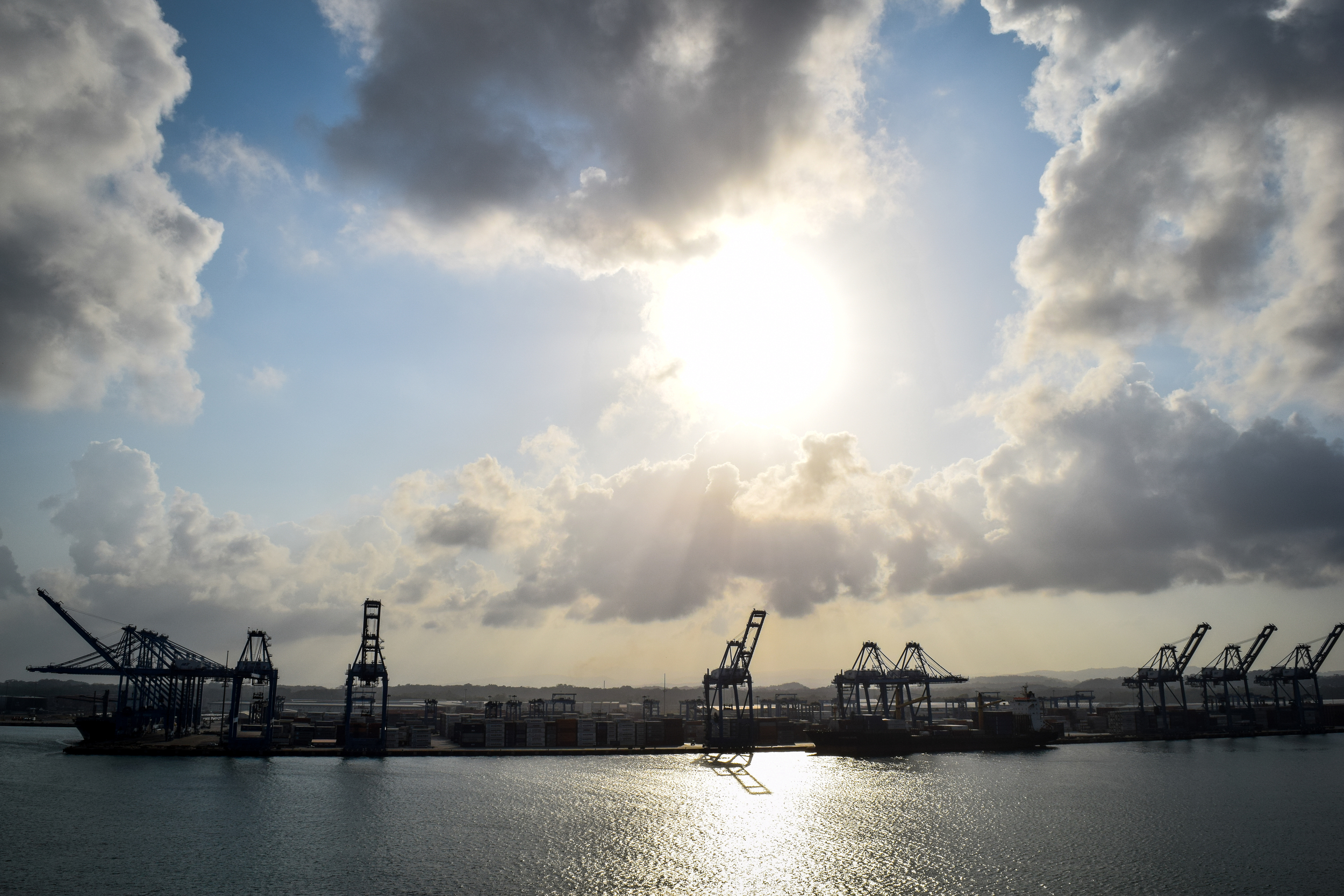5 Experiences You Absolutely Must Have in Grand Cayman

The largest of the three Cayman Islands, Grand Cayman is all about beaches, sunshine, and laid-back island life. If you’re planning a trip to this popular Caribbean destination, here is a helpful guide highlighting five experiences you absolutely must have on Grand Cayman.
#1. Take a quick trip to Hell and back
Part geological wonder, part kitschy tourist trap, Hell is an area no larger than a soccer field that is comprised of spiky black limestone formations that were created over millions of years.
The origin of the name Hell is controversial. Some say the place got its title when locals declared that the area resembled what they thought hell looked like. Others claim that a British general hunting in the region exclaimed "Oh hell," when he missed a shot near the area. Although the origins of the name remain uncertain, Hell has grown into one of the busiest tourist attractions on the island.
Though it’s not possible to walk among the formations, there is a small viewing platform where visitors can look out over Hell and pose for cheesy photos with a wooden cutout of the devil. Besides that, there’s not much else to see other than a tacky gift shop (where you’ll find the manager greeting you with lines like, “Welcome to Hell” and “How the hell are you?”) and a small post office where you can send postcards to friends and family “from hell”.
Sure it’s tacky, but a quick trip to Hell is one of the things you absolutely must do in Grand Cayman, and it’s bound to be a unique experience you won’t find anywhere else.
Important info: Hell is free to visit. You’ll find it included in the vast majority of tours of Grand Cayman Island.
A note on wildlife: If you keep your eyes open you might be able to spot some iguanas camouflaged among the branches of the trees around Hell. Photography is encouraged, but like anywhere else, please do not try to pose for photos with the wild animals, or disturb them in any way, and definitely do not feed them.
#2. Soak up the sun on Seven Mile Beach
There’s a reason why Seven Mile Beach is one of the most famous beaches in the Caribbean. Stretching for seven miles along Grand Cayman’s western coast, this picture perfect stretch of sand is where you’ll find crystal clear turquoise water, palm trees lining the shore, areas to snorkel among coral and colorful fish, and the opportunity to simply relax and soak up some sunshine.
At the main entrance to the beach (around the middle) you’ll usually find hordes of cruise ship passengers, but if you walk a little further in either direction the beach clears out and you’ll have plenty of space to enjoy the sand in relative solitude.
Important info: Seven Mile Beach is a public beach, and therefore it’s possible to walk the whole stretch if you would like to do so.
Looking for somewhere to stay in Grand Cayman?
#3. Try some Tortuga Rum Cake
Made from a generations old family recipe, the rum cakes found at the Tortuga Rum Cake Co. are baked fresh in the Cayman Islands. Each cake is hand glazed with a special, five year old blend of Tortuga Gold Rum, and then vacuum-sealed to lock in the iconic flavor.
Inside the store you’ll find a huge selection of products that include assorted rum cakes, specialty coffee blends, sauces, and chocolates, as well as free samples of rum and cake for visitors.
Important info: Tortuga Rum Cake Co. is free to visit and there is no obligation to buy anything. You’ll find a stop here included in many of the tours of Grand Cayman.
#4. Visit a traditional Caymanian cottage
Many of the properties on Grand Cayman, especially along the coastline, are new developments consisting of massive hotel chains, condos, and modern homes. Head a little inland and you’ll likely come across more traditional structures left over from another era.
Traditional Caymanian cottages are usually painted in pastel hues of pink, turquoise, and green. They typically come with a large porch, gabled roof, and a white picket fence. In front of the home you’ll find sandy gardens, sometimes with the addition of native plants such as palm trees and shells from the ocean.
Important info: The Heritage Garden in the Queen Elizabeth II Botanic Park on Grand Cayman has a restored Caymanian farmhouse, complete with original furnishings, cook room, cistern, outbuildings, as well as fences and walls built of old coral.
#5. Explore the underwater world
Last, but certainly not least, a trip to Grand Cayman wouldn’t be complete without taking the time to go snorkeling or scuba diving. The waters around the Cayman Islands are consistently rated among the top diving sites, not only in the Caribbean, but also in the world.
Surrounded by coral reef systems, Grand Cayman offers countless underwater worlds to explore. Sunken shipwrecks, mighty caverns, grottos, steep underwater walls, and crevices make the area a haven for divers looking to spot wildlife like stingrays, turtles, and schools of colorful tropical fish.
For those looking to snorkel, there are numerous locations where you can simply walk into the waters off a beach and find massive coral formations, sea sponges, and plenty of marine life.
Important info: Check out this list of dive sites in Grand Cayman
A note on Stingray City: One of the most popular water activities in Grand Cayman (pushed hard by the tourism board and featured by almost every tour company – honestly, the ads are everywhere) is Stingray City, a series of shallow sandbars where visitors can pet and interact with wild stingrays.
Before Stingray City became the island’s major tourist attraction, it was an area where local fishermen would clean out their fish in the calm waters of the sandbars before returning into the harbor. They would deposit fish guts and any leftovers overboard into the water, which is what is believed to have attracted the stingrays to the area in the first place. Over time, the stingrays began to associate the boats with an easy meal and continued to return to the site. Divers realized that the congregating stingrays could be fed directly by hand, and as tourism began to grow in Grand Cayman, locals capitalized on the behavior of the stingrays. Today, tour companies and private boats gather at Stingray City in huge numbers each day. Visitors can enter the shallow water to interact and feed the stingrays.
It is each visitor’s personal choice whether or not to visit Stingray City, however I chose not to do so because I do not wish to support a practice that continually alters wild animal’s feeding habits and behavior.
.jpg)

